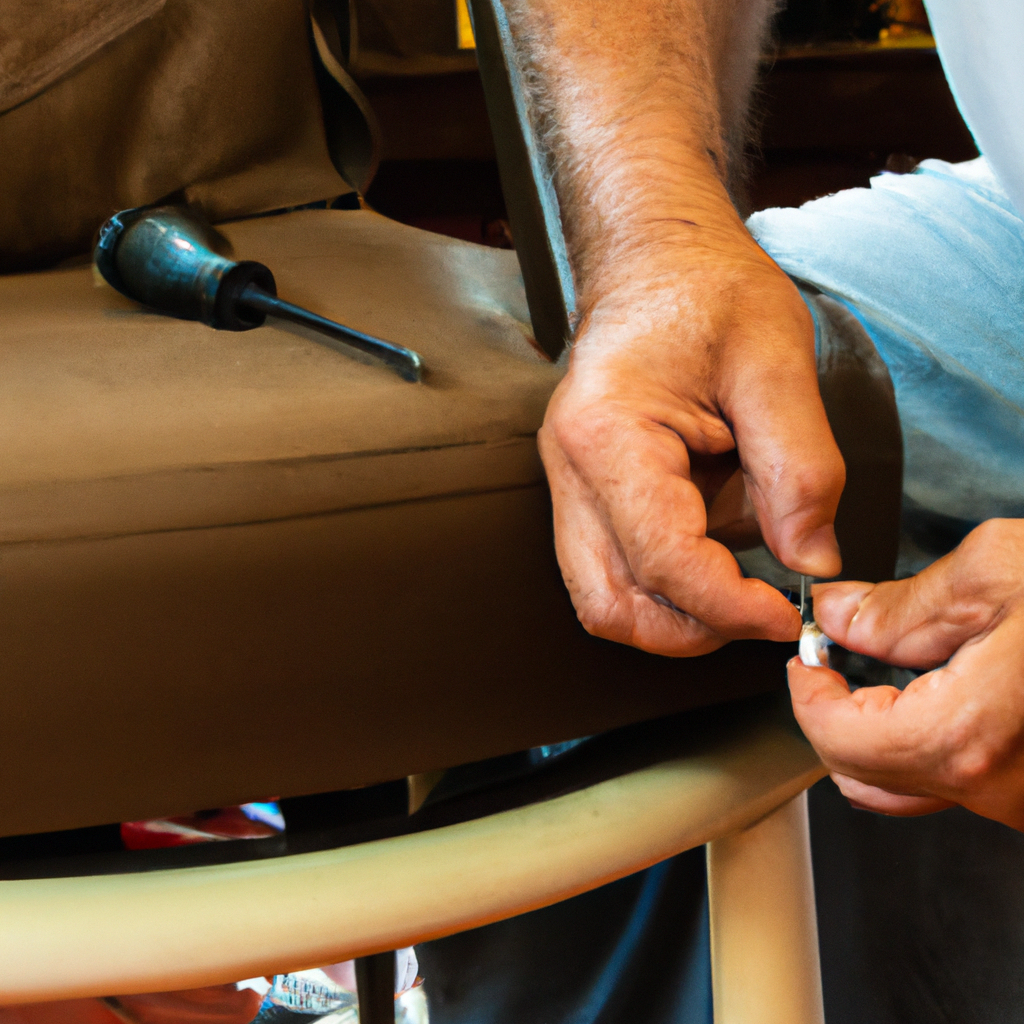In today’s fast-paced consumer-driven society, it’s easy to fall into the trap of constantly buying new things when our belongings break or become worn out. However, not only does this lead to unnecessary expenses, but it also contributes to environmental waste. Thankfully, there is an alternative solution that can save both your money and the planet – DIY repairs for common household items. In this article, we will guide you through various techniques and tips to help you fix everyday items on your own, promoting sustainability and resourcefulness.

1. Repairing Clothing and Accessories
Extend the Lifespan of Your Favorite Clothes
Clothing and accessories are often subject to wear and tear, but that doesn’t mean you have to bid them farewell. Simple repairs can go a long way in extending the lifespan of your favorite pieces. Whether it’s sewing up a loose button, patching a small hole, or reattaching a zipper, you can easily breathe new life into your wardrobe.
Refresh Old Shoes
Shoes are another item that can be repaired rather than replaced. If your shoes have worn-out soles, take them to a cobbler who can replace them for a fraction of the cost of buying new shoes. Additionally, you can polish scuffed leather shoes or replace worn laces to give them a fresh look.
2. Fixing Furniture and Home Decor
Rejuvenate Worn-out Furniture
Instead of buying new furniture, consider repairing and restoring the pieces you already own. Sanding and refinishing wooden furniture can remove scratches and give it a whole new appearance. For upholstered furniture, you can replace worn-out cushions or repair tears in the fabric.
Repairing Home Decor Items
Home decor items such as lamps, picture frames, and mirrors can also be easily repaired. Replace broken light fixtures, rewire lamps, or fix loose frames to give your space a refreshed feel without spending a fortune.
3. Tackling Electronic Device Issues
Troubleshooting Common Problems
Electronic devices can be expensive to replace, but oftentimes, their issues can be resolved with some basic troubleshooting. If your device is not turning on or experiencing software glitches, try performing a hard reset or reinstalling the operating system before considering a replacement.
DIY Repairs for Small Electronic Devices
For smaller electronic devices like smartphones and tablets, many common issues can be fixed with a little know-how. Replace cracked screens, faulty batteries, or malfunctioning buttons by following online tutorials and purchasing the necessary replacement parts.
4. Plumbing and Fixtures
Fixing Leaks and Dripping Faucets
Leaky faucets and pipes not only waste water but also contribute to increased utility bills. With a few simple tools and some guidance, you can fix these common plumbing issues yourself. Replace worn-out washers, tighten loose connections, or reseal leaky pipes to save water and money.
Repairing Toilet Problems
Toilet problems can be a nuisance, but they are often fixable without professional help. If your toilet is constantly running or not flushing properly, there are several troubleshooting steps you can take. From adjusting the float valve to replacing the flapper, these repairs can be done by anyone with a little patience and willingness to learn.
5. Automotive Repairs
Basic Car Maintenance
Regular maintenance is key to keeping your car running smoothly and avoiding costly repairs. Learn how to change your car’s oil, replace air filters, and check fluid levels. These simple tasks can help prolong the life of your vehicle and save you money on unnecessary trips to the mechanic.
DIY Fixes for Common Car Issues
While some car issues require professional attention, there are many common problems that you can tackle on your own. From changing a flat tire to replacing brake pads, learning basic car repairs can save you time and money in the long run.
Conclusion
By embracing the DIY mindset and learning how to repair common household items, you can save money, reduce waste, and contribute to a more sustainable future. Whether it’s fixing clothing and accessories, rejuvenating furniture and home decor, troubleshooting electronic devices, tackling plumbing issues, or performing basic automotive repairs, the possibilities for DIY repairs are endless. So, next time something breaks or wears out, don’t rush to replace it – take a moment to explore the option of repairing it yourself. Not only will you gain new skills and save money, but you’ll also make a positive impact on the environment.